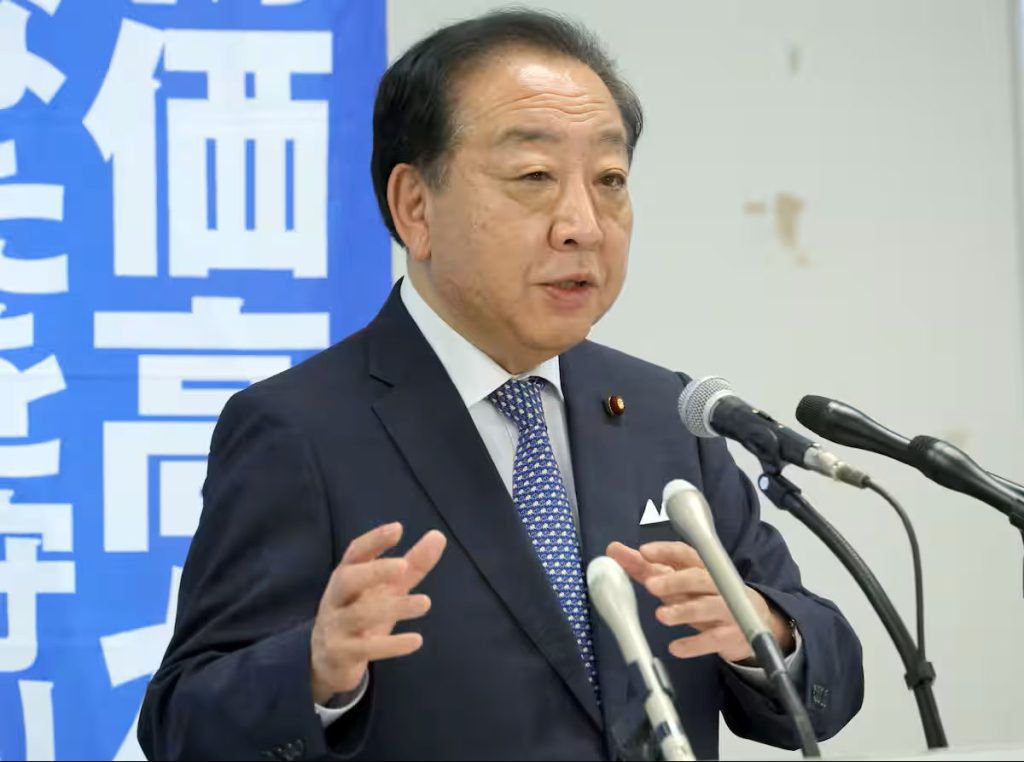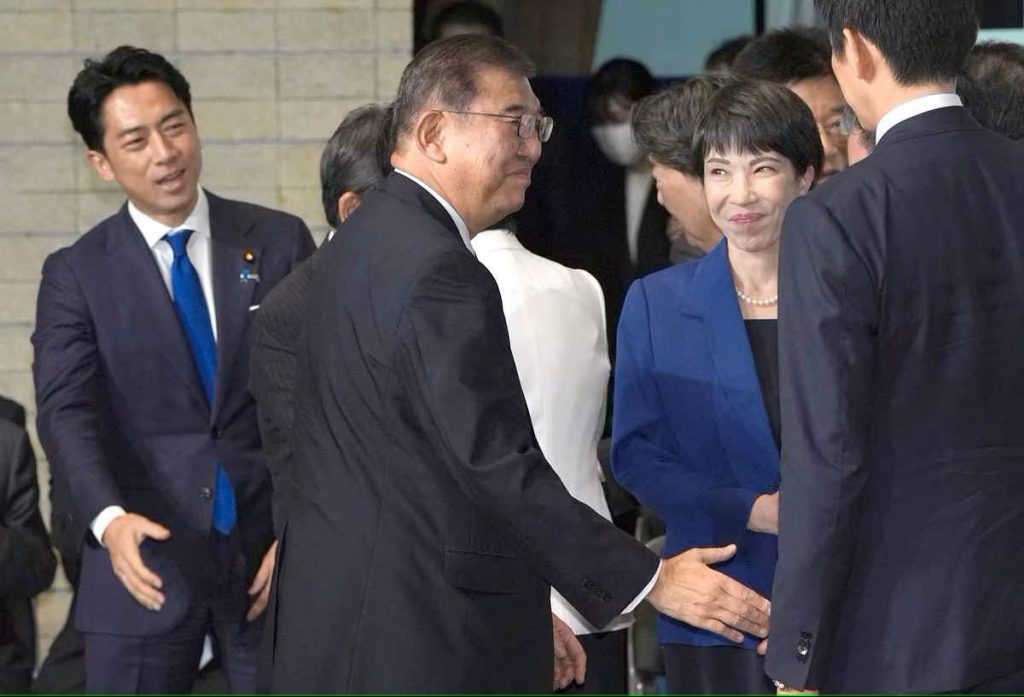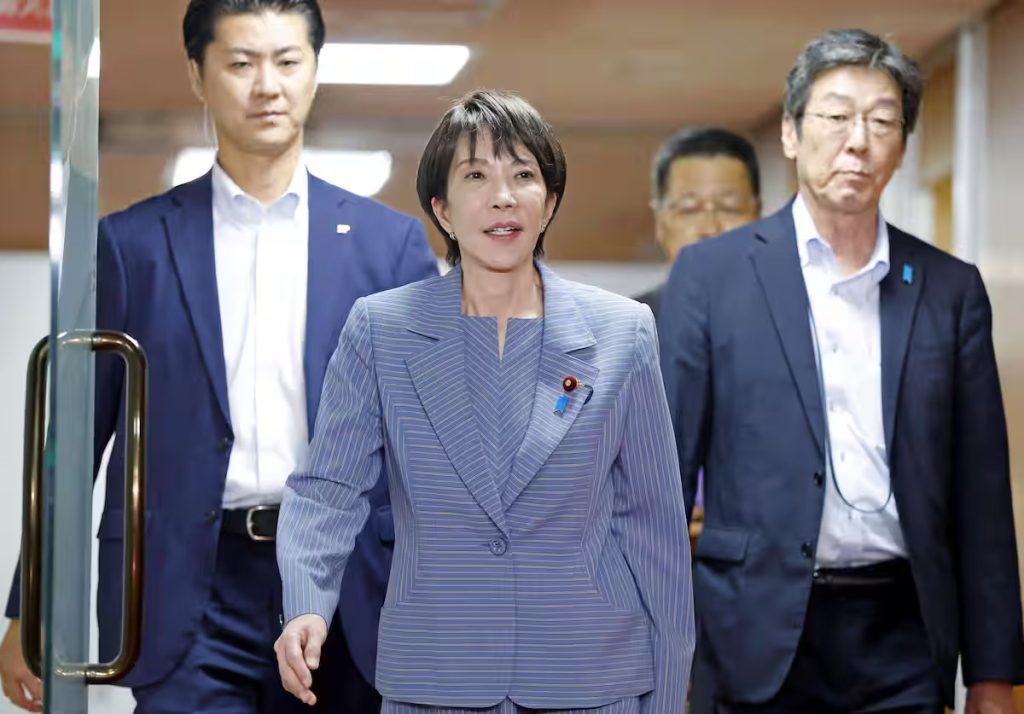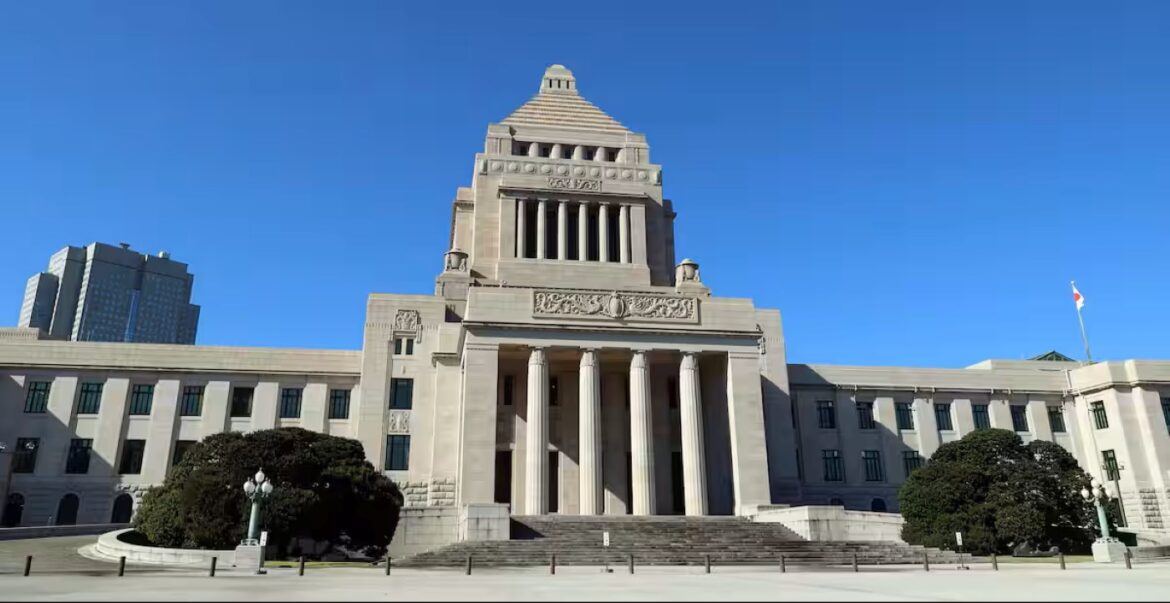The political chaos Japan is facing today reminds me in many ways of the early 1990s, after I first arrived in the country. Opposition parties, including groups that broke away from the ruling — but rapidly collapsing — Liberal Democratic Party (LDP), formed a seven-party coalition government in August 1993.
This coalition, which combined everyone from the far left to the so-called liberal conservatives and had two prime ministers, lasted for less than a year. Many of the faces you see today maneuvering in Nagatachō, the heart of Japanese politics, where the Diet building, members’ offices, Prime Minister’s Office, and several political party headquarters are all located, were active or got their start at that time.
The big difference between then and now is that in the early 1990s, the public was eager for change. Thus, it welcomed the inauguration of the Morihiro Hosokawa administration. Although both Hosokawa and his successor were former members of the LDP, the coalition government they helped launch essentially ended the “1955 System” in which the LDP was the predominant political party and led every single administration. (It had a total of 15 prime ministers between 1955 and 1993.)
Today, however, while the LDP has dropped in popularity and has significantly lost votes over the years, there is absolutely no enthusiasm for a new coalition government led by the current opposition. This is primarily because the voters have seen that the current chaos will be followed by even greater chaos if a “marriage of convenience” like opposition-led coalition government comes into power.
 Yoshihiko Noda leads the largest opposition party, the Constitutional Democratic Party of Japan, which promotes significantly different security and energy policies from the next-largest opposition parties..
Yoshihiko Noda leads the largest opposition party, the Constitutional Democratic Party of Japan, which promotes significantly different security and energy policies from the next-largest opposition parties..
A Rightfully Reticent Public
Twice, the Japanese public has witnessed this. The first time was the aforementioned dual administrations of Hosokawa (8 months) and Tsutomu Hata (2 months), and the second time was from September 2009 to December 2012, when the then-Democratic Party of Japan formed a coalition government with the Socialists that quickly broke apart, leading to the formation of two other governments (plus multiple reshuffled cabinets). There were three prime ministers and eight cabinets in that short time.
Then and afterward, it was described as a “bad dream.” Like a bad dream, you cannot forget it, ever. That is why the public is not supportive of another marriage of convenience coalition government by the opposition parties, despite what the mainstream media tries to tell them. Poll after poll shows little support.
But is the LDP any better? It has failed miserably in recent years. However, blaming Sanae Takaichi for the present state of the LDP misses the mark.
 In September 2024, the LDP elected Shigeru Ishiba as its president in a runoff against Sanae Takaichi, who had the highest number of votes on the first ballot. (©Sankei by Kazuya Kamogawa)
In September 2024, the LDP elected Shigeru Ishiba as its president in a runoff against Sanae Takaichi, who had the highest number of votes on the first ballot. (©Sankei by Kazuya Kamogawa)
Poor Decisions in the LDP
Let’s remember how the LDP got to the situation where it must seek the help of potential coalition partners to form a government under Takaichi, who is so popular that in the week since she was chosen president of the LDP, nearly 10,000 people rushed to join (or rejoin) the party.
In her 2024 LDP presidential run (her second time), she placed first in the first round of voting but did not win a majority. Then, in the run-off against Shigeru Ishiba, factional maneuvering denied her the victory. Ishiba was selected instead. Then-party president and Prime Minister Fumio Kishida put his weight behind Ishiba, despite Takaichi, a cabinet member, having loyally defended the Kishida administration until the end.
Kishida’s rationale for choosing Ishiba was that he would better deal with Kamala Harris. “Who?” readers may be wondering. She was the United States Democratic Party candidate for president that everyone knew would lose to Donald J Trump, except, it seems, Kishida, Ishiba, and the “elites” and media supporting them.
Ishiba, in another miscalculation, subsequently dissolved the House of Representatives and called elections in October that year (2024). He lost 68 seats, one of the biggest defeats in LDP history. However, Ishiba did not resign, as was customary. Nor did he resign after the LDP lost 18 seats in the Upper House election in July 2025, the third biggest loss in party history.
When he announced that same evening that he was going to continue in office despite the defeat, Ishiba became an illegitimate party president in the eyes of all, if it had not already been clear. His resignation became inevitable, especially when former prime minister and party elder statesman Taro Aso said “no way.”
 LDP President Sanae Takaichi (center) at the party headquarters in Nagatacho, Tokyo, on October 5. (©Sankei)
LDP President Sanae Takaichi (center) at the party headquarters in Nagatacho, Tokyo, on October 5. (©Sankei)
 Swelling Support for Takaichi
Swelling Support for Takaichi
The drama over getting Ishiba to follow custom and take responsibility by resigning further weakened support for the LDP. Fortunately, it bought time for a nationwide swell of support for Takaichi to assume her rightful place as party president, something effectively denied to her in 2024.
Takaichi is a conservative policy wonk who has paid her dues, with enormous experience in party leadership roles as well as cabinet minister positions. She is not one to shy away from difficult issues or stances, and is immediately setting out to right the LDP ship that has gone far off course, both due to its being corrupted by relations with the People’s Republic of China and the LDP’s long over-reliance on its coalition partner, the Komeito.
Ironically, the Komeito partnership drove away core conservative LDP voters over time and actually cost the LDP votes. Fortunately, Komeito’s leader unilaterally ended the coalition, apparently after being so directed by its main backer, the PRC.
I, for one, have high hopes for Takaichi and wish her well. Japan cannot afford a third time of an unprincipled marriage of convenience coalition government led by the opposition. The situation facing Japan and the world is too serious now. It needs a leader with the conviction and confidence to move the country forward, and as the play on her name suggests, to an “even higher level (takai-ichi).”
RELATED:
Author: Robert D Eldridge, PhD
Dr Eldridge is a former political advisor to the US Marine Corps in Japan and author of numerous books on Japanese political and diplomatic history. Any opinions expressed in this article are his alone.
Continue Reading


AloJapan.com